The Japanese are known for their attention to detail, and nowhere is this more visible than in the world of Japanese miniatures and toys.
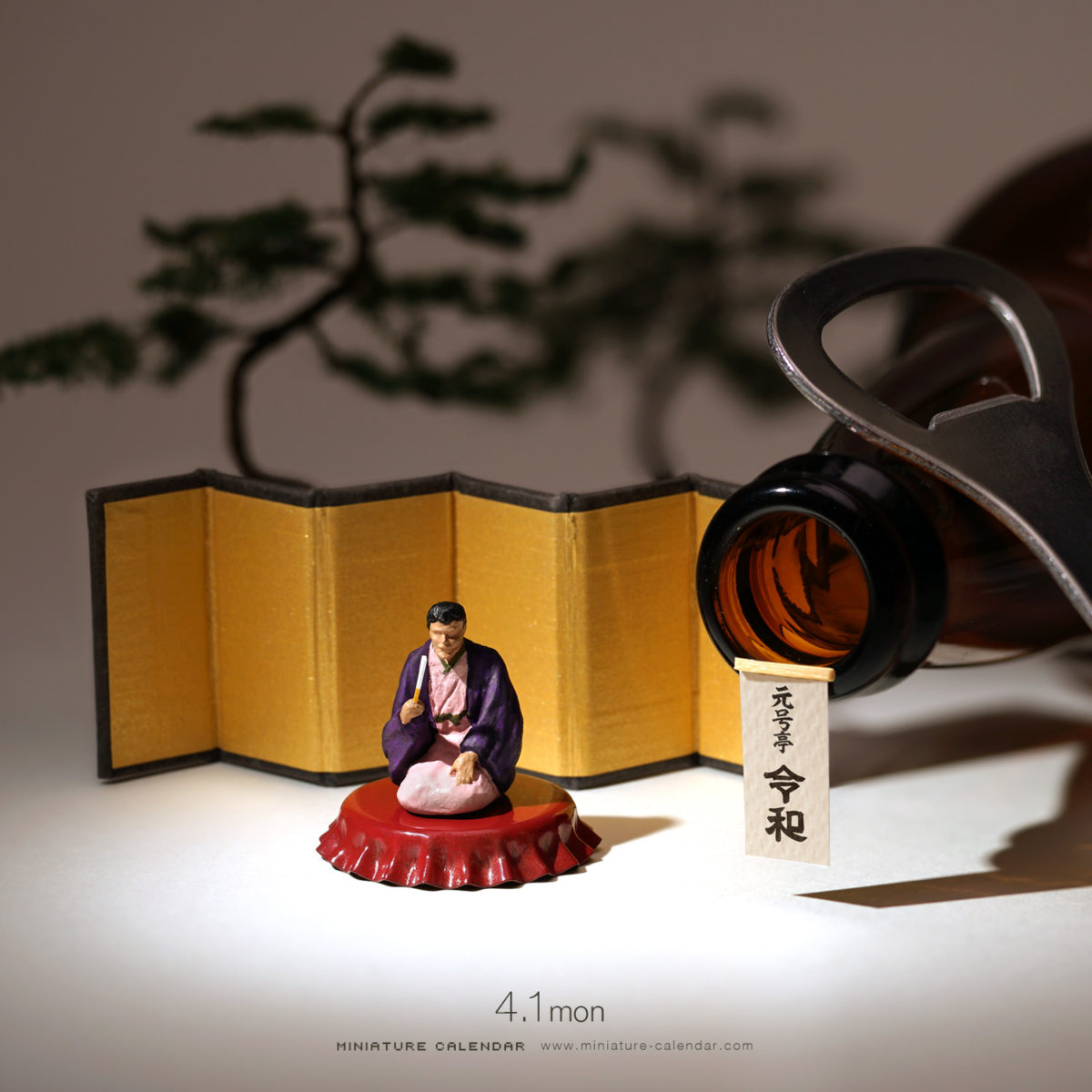
Japan is virtually obsessed with small, which is not surprising considering that most of their population is squashed into the limited space between their coastlines and mountain ranges. Japan is famous for capsule hotels, bonsai, and bite-sized sushi, but the real miniature marvels are Japan’s amazing toys and miniatures.
Western audiences are probably most familiar with the miniature scenes produced by photographer Tatsuya Tanaka, who uses scale miniatures and everyday objects to create scenes that play with our perceptions. The guy’s an artistic machine, turning out a new image every day for his online Miniature Calendar, even with a production time of around 2 hours per photo.
Tanaka got started by taking pictures of scale miniature cows made for model railways. Japan’s N scale model rail system is noticeably smaller than the more popular HO scale — though it’s still surprisingly detailed.
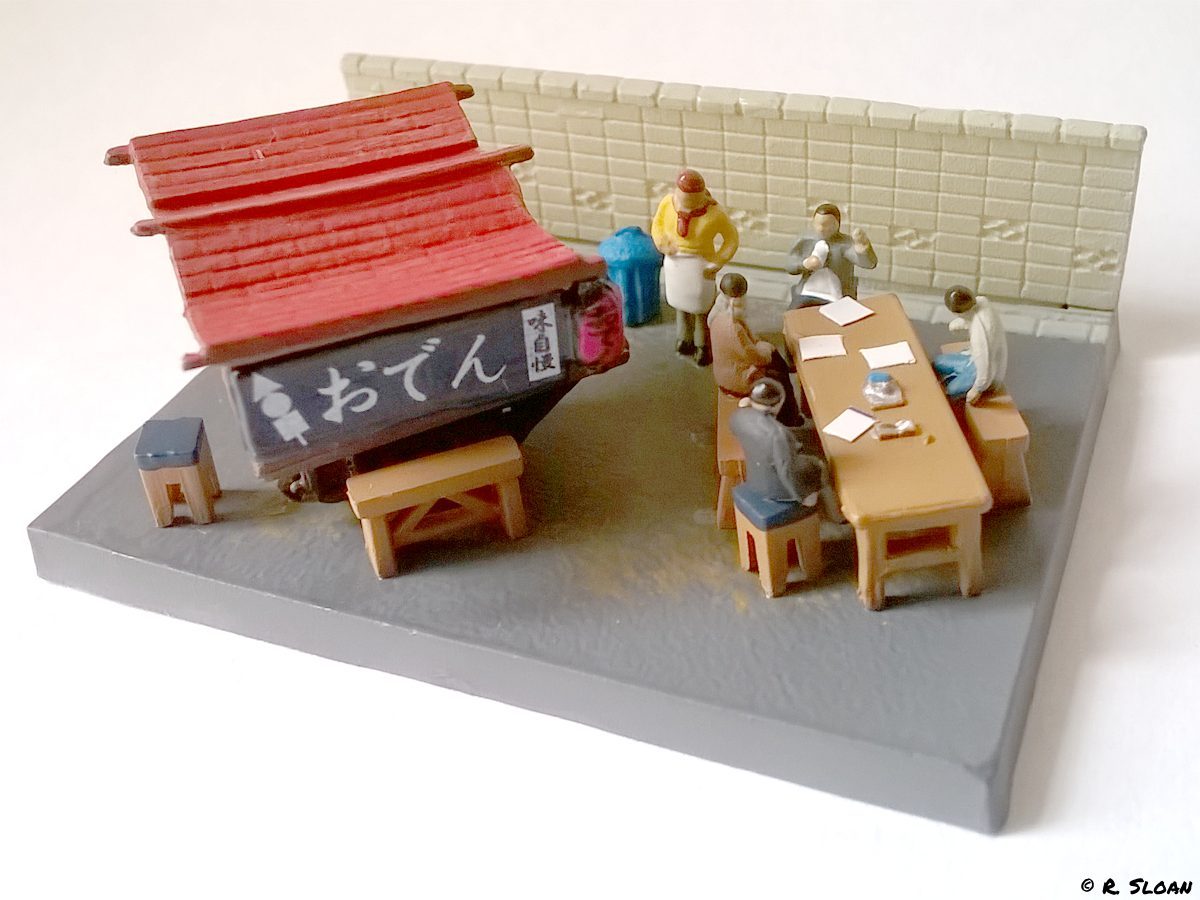
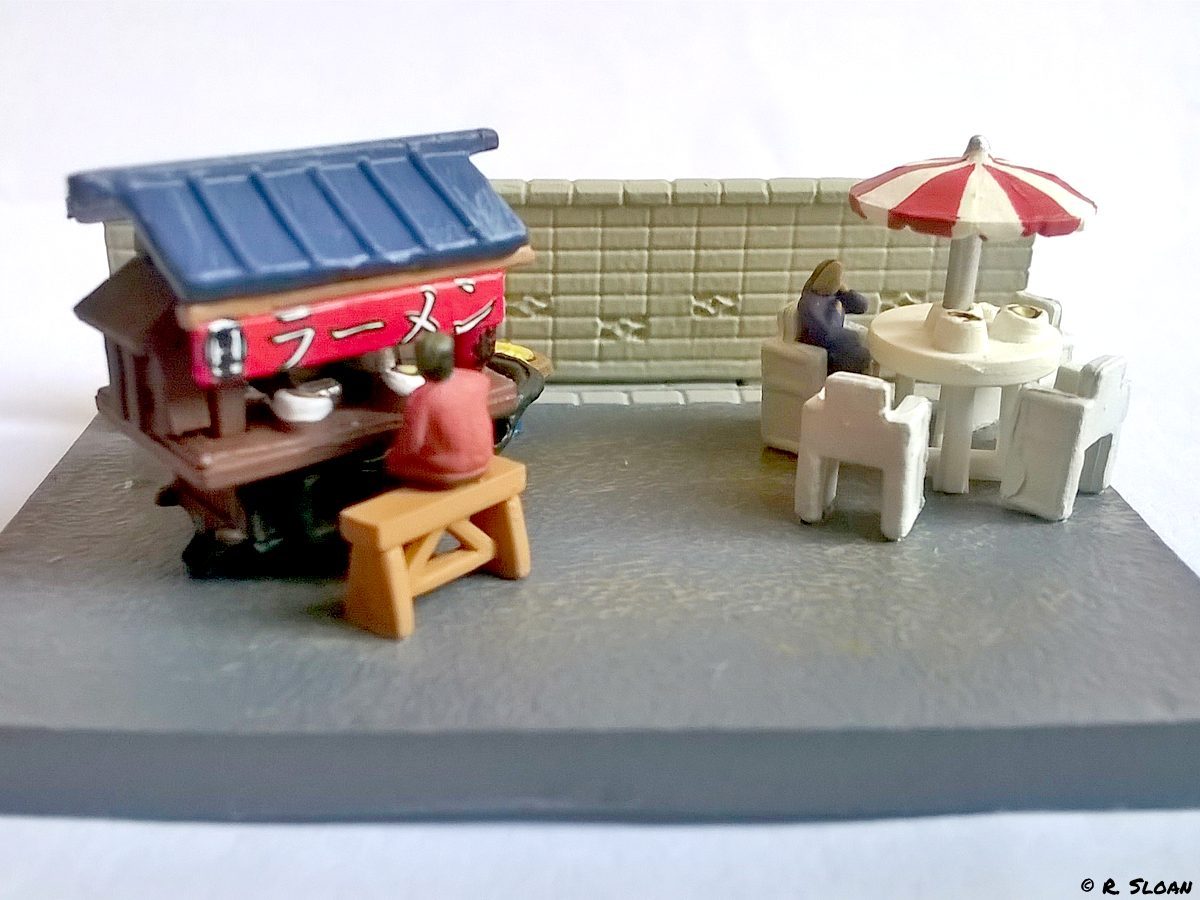
If you’re hanging around J-List, then you’re already familiar with gachapon — small capsule toys sold in vending machines across Japan. Japanese manufacturers are masters of detail and quality — as your friend in Japan will tell you — and many gachapon figures are practically works of art.
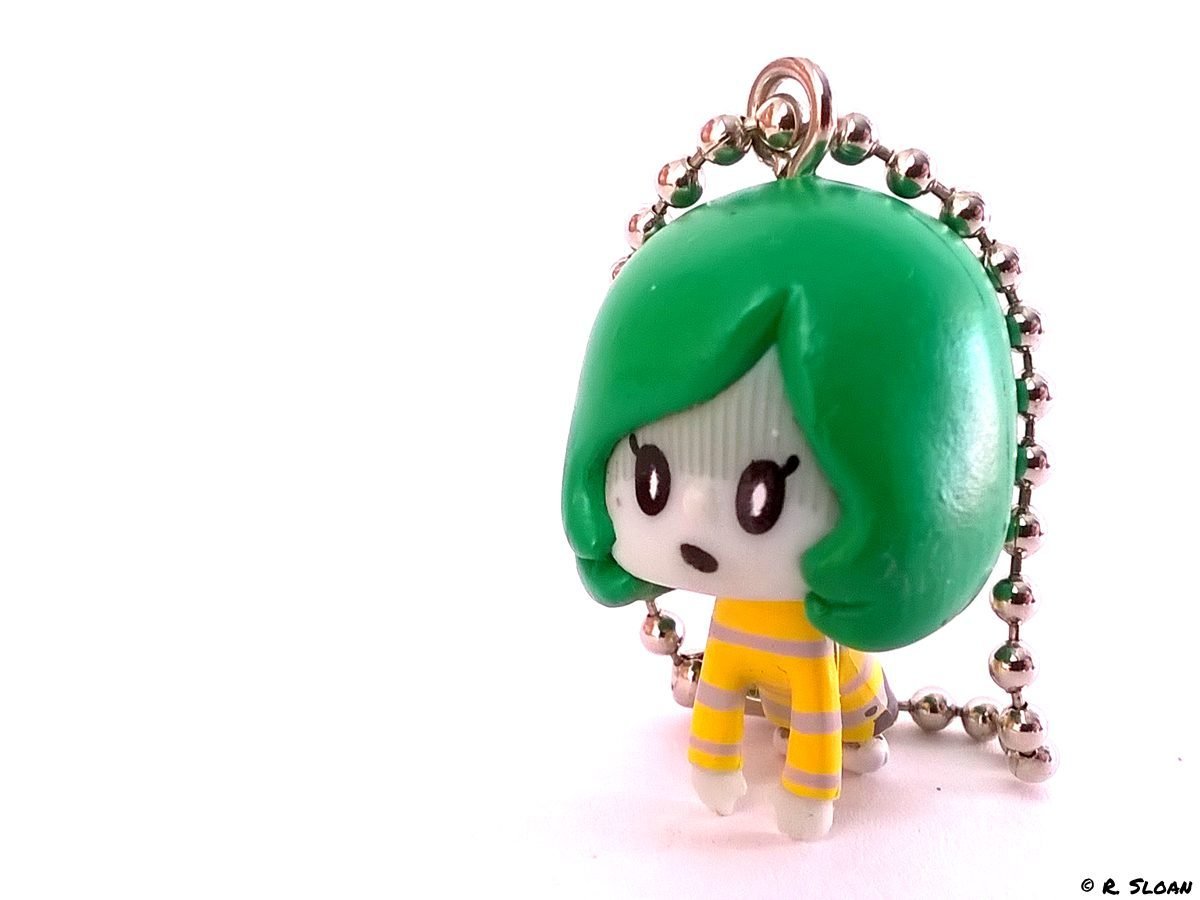
Gaijin Pro Tip: Check out Book Off if you’re in Japan. They often have loads of gacha figures at reasonable prices that are in great condition. It’s better than getting a random one out of a machine.
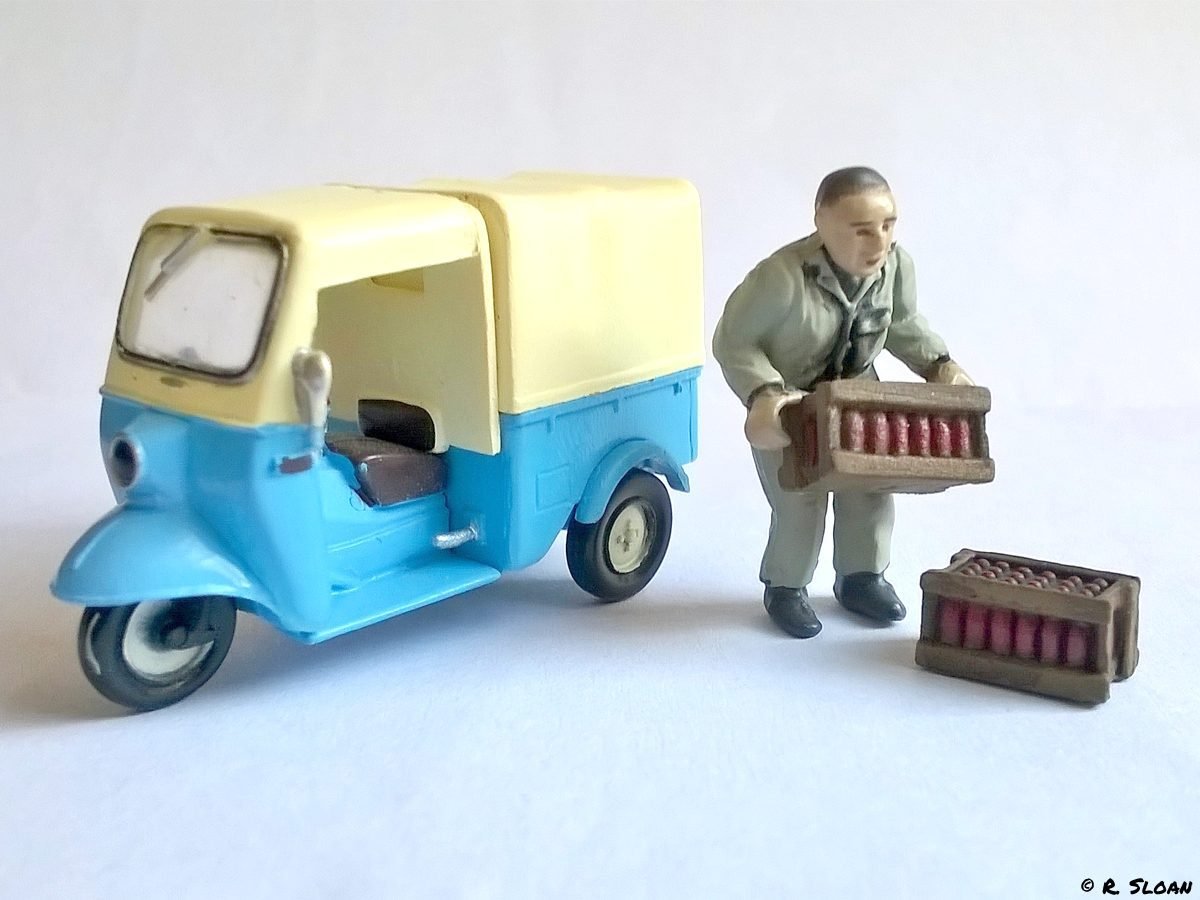
J-List has a bunch of great gachapon on offer, like curry, pandas, and ball joint dolls with deck chairs. Our buyers are constantly finding great new stuff, so it’s worth checking back in every now and again.
Small, highly detailed toys are not limited to gacha capsules. Small, highly collectible sets of miniatures, based on anime and other topics are also available. I’ve seen miniature guitars, historical armor, and mecha.
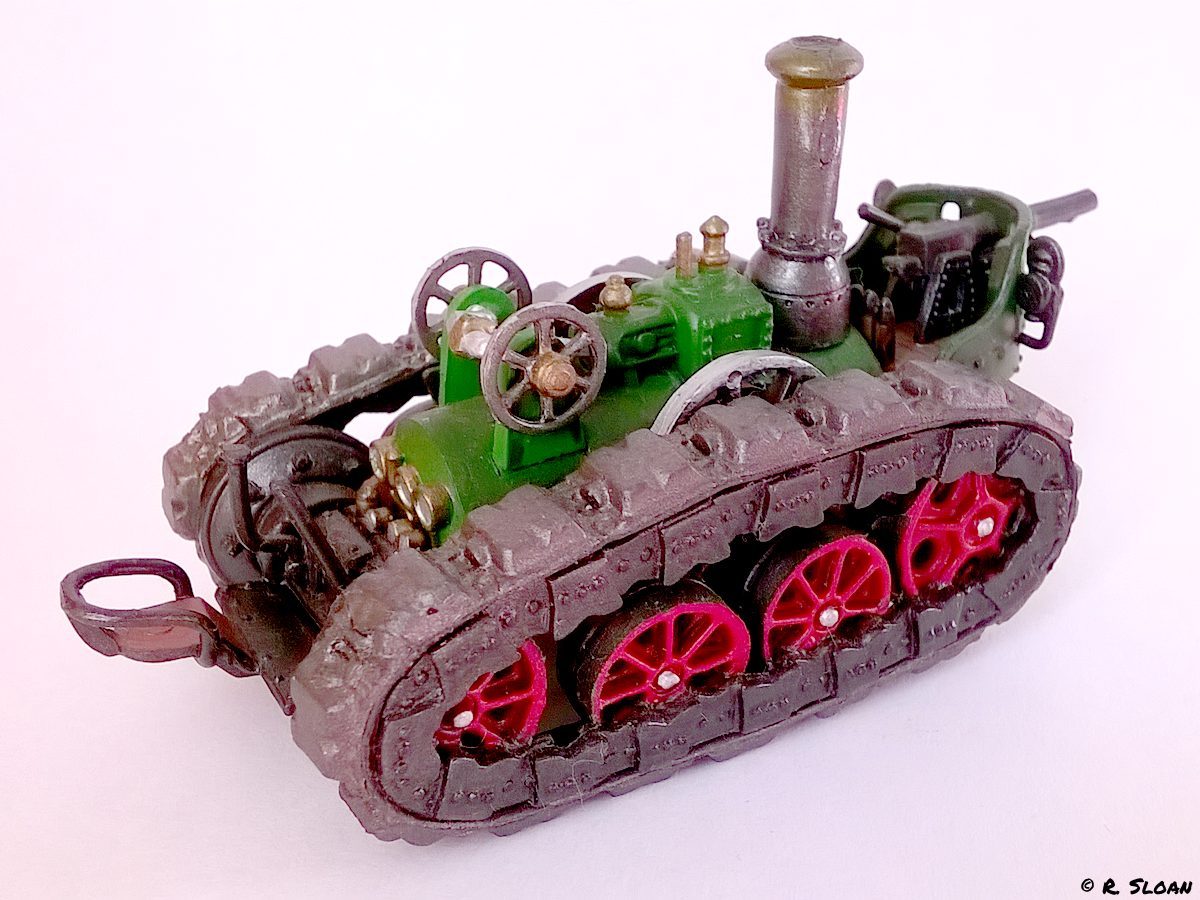
It’s not hard to find historical evidence of Japan’s fascination with miniatures. Netsuke are miniature carvings — often of animals, people, mythical creatures, or deities — that are used as toggles to fasten items to the kimono sashes worn by men. Sword ornaments, like the menuki found on the handles of katana, or the tsuba handguards, were also intricate miniatures or miniature scenes. There are many more examples besides these, from woman’s jewelry to the miniature ornaments seen around the time of the Japanese yearly Hinamatsuri dolls festival.
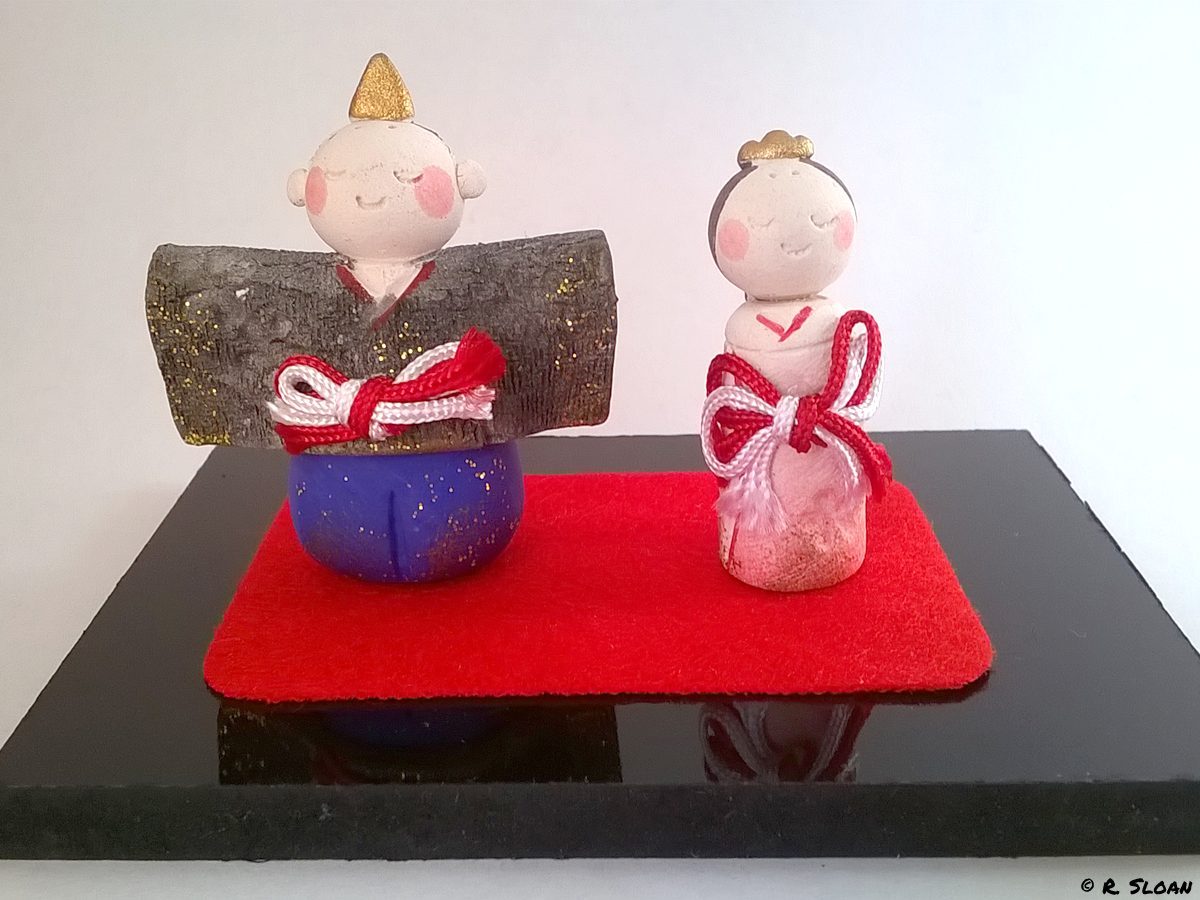
Small artforms like these are easy to collect, even if you live in a cramped Tokyo apartment or you’re backpacking through Kyoto. Besides their obvious visual appeal, miniatures can take us away to fantastic places or to a time and a place fondly remembered.















